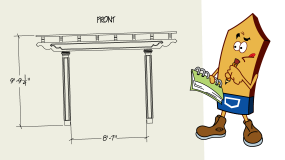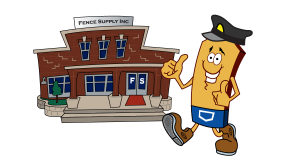The significant work you have done in installing your fence would be wasted if you don’t use the right charger to give power to your wires.
Imagine having a 10 mile fence The work you have done to install this should have cost you a significant amount of money, time and effort. The one weakness in all your planning and hard work was the type of charger you picked. You were eager to release your animals and proud of the work you did when suddenly your animals showed you that there are parts of your fence with almost no power on the wires. Your face would be red as you tried to corral your animals back in, scratching your head as to what went wrong.
At the onset of the planning phase, you should consider which charger would be suited for your electric fence. In deciding on the appropriate charger, you should consider the following factors:
- What power source you will use;
- What kind of animals will you be keeping within the enclosure;
- How long is your fence and your electric wires;
- What type of electric fence wire; and
- Other factors.
AC vs. DC vs. Solar
What power source you will use will affect which type of charger you will need. There are three types of chargers based on the power source they use: AC, DC, and the solar chargers.
AC chargers run on alternating current and are plugged directly into an outlet. These types of chargers are most recommended if you have access to a reliable power source. It is also recommended for maintaining a high electric charge, which is advisable for the enclosure of larger and more aggressive animals.
Chargers running on AC can generate more power compared to other sources, and the higher voltage they generate makes them advisable for long-distance transmission. AC types of current can also be easily stepped up or down by using transformers, making it possible to adjust the current in you electric fence. It can even be easily converted to DC current.
DC chargers are battery operated. The main advantage of these types of chargers is the smooth flow of the current they produce. Since wires are less resistant to DC, it takes lower voltage to run this type of current and it produces less heat on the wires compared to AC. DC chargers are also not subject to reactance. This lowers the possibility of losing power on some parts of your fence.
Solar chargers are chargers which basically run on DC-type current. These are the most economical types when maintaining farms on remote areas far from power lines. These types of chargers convert sunlight into electricity and store them in batteries. When fully charged, these types of charger can maintain power for up to two weeks.
The following matrix would give you a larger view of the difference between these types of chargers:
|
AC Chargers |
DC Chargers |
Solar Chargers |
|
|
Power |
Strong | Average | Average |
|
Distance charged |
Can carry current to long distances due to its higher power output. | Can carry current to a reasonable distance. | Can carry current to a reasonable distance. |
|
Current conversion |
Can easily be converted to DC type of current | Much more difficult and costly to convert to AC | Much more difficult and costly to convert to AC |
|
Output conversion |
Output can easily be increased or reduced using transformers | Power supply must match the load | Power supply must match the load |
|
Effect to electric wires |
Shortens life of electric wires due to heat it produces as a result of resistance and reactance | Prolongs life of electric wires due to lesser heat it produces | Prolongs life of electric wires due to lesser heat it produces |
|
Cost |
More costly | Economical | Economical |
|
Efficiency |
Less efficient due to wire resistance of the wires to this type of current and impedance it causes | More efficient to use | More efficient to use |
|
Location |
Advisable for any location with a reliable power source | More advisable for remote areas | More advisable for remote areas with more exposure to sunlight |
|
Animals for enclosure |
Advisable for enclosure of larger and more aggressive animals. Also advisable for herd types. | Advisable for more sensitive animals which requires lesser enclosure area. | Advisable for more sensitive animals which requires lesser enclosure area. |
Use this matrix in order to properly identify the type of electric fence charger that will be most suitable for your needs. Being prudent in choosing these chargers saves a lot of time, money, and effort.



